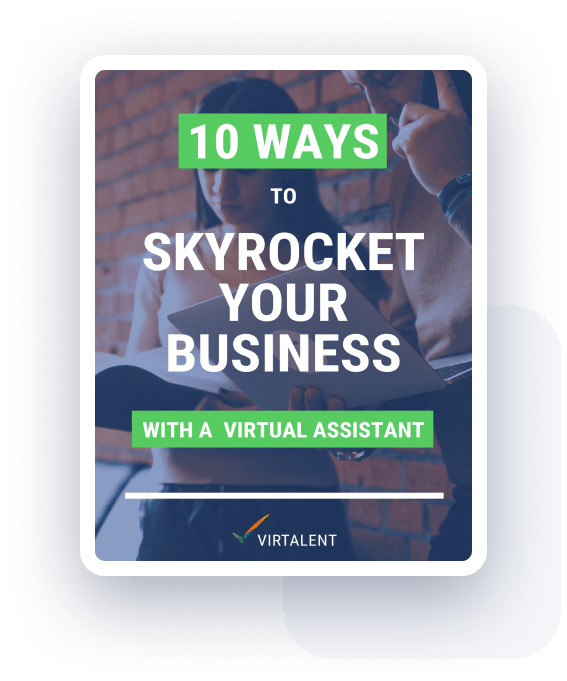There is a common myth in our society that is so part of the norm and accepted as truth that it barely ever gets challenged. It is the idea that “the more you work, the more you produce” or “the faster you work, the better”. There is a whole range of myths around productivity that are so ingrained in our culture that we take them as absolute truths when in reality all the research shows us more often than not the opposite is true. Here are some of the top accepted myths that people believe, but which in reality the research tells us are not actually true at all.
The More Hours You Work the More Productive You Are
This is possibly the biggest myth of them all. The idea that if you put in those extra 2 or 3 hours every day, you will get more out of your business. Yet the strange thing is for much of the 20th century the idea of working long hours was seen as expensive, bad practice and completely counterproductive. Which in reality is far closer to what the research tells us. In the 1960’s it was totally accepted as a fundamental truth of productivity; the 40 hour work week was the optimum number of work hours.
As human beings, we have a finite capacity to work and focus. When that attention has maxed out we become extremely unproductive. In fact, it impacts our entire working day. Knowing we have extra hours to complete work, it slips and often we leave it to times when we are much less focused and cognitively ready. This produces weaker work and over time results in unproductive habits. Do you want to be at your most productive? Stick with what has been shown time and time again to be the optimum work week, 40 hours. We are not robots and it is important that your natural bodily rhythms and limits are respected.
Being Busy is a Sign of Productivity
Another extremely common idea is that someone who has a never-ending to-do list must be highly productive. The reality is when someone is busy it has almost no relationship to productivity. It is actually more of an indication that your output is probably all over the place and way below your highest quality. There is a cultural badge of honour associated with “being busy” which we are all too familiar with. If you are busy you look important; you are a highly productive member of the team. It is used as an excuse to not take time off. This culture of excessive work inevitably leads to stress, tiredness and overall poorer performance. Busyness is a frame of mind that creates unproductive habits, not the other way around.
Multitasking is an Efficient and Effective Use of Time
The idea that someone can do many things at once sounds appealing. If you can focus on 5 things and get them all done, that has to be faster, right? Well no, it is actually the opposite. The reality is by splitting your already limited attention span across more than one task, you are giving many different bits of work minimal attention. Whereas, if you focus on one task at a time it gets your full attention, you produce higher quality work and you often complete more things faster. Multitasking is a very bad habit in terms of productivity; focusing on one task is the way to go.
Slow Decisions are Bad and Quick Decisions are Best
Most people define good leaders as those who make quick and confident decisions. It is common in our business culture that quick choices are what is best in any given situation. However, the research does not bear this out. In Daniel Kahneman’s book “Thinking, Fast and Slow” he describes the inherent bias we have in our quick decisions. He demonstrates how these biases can lead us astray without us being aware until it is too late. By taking time to think through decisions you can overcome these biases and also come up with alternative options that you may never have considered in that immediate moment when a decision was sought after.
Considering alternatives provides you with often much better long-term decisions. One study in Kahneman’s book showed that people who considered just one other alternative to their immediate ideas did six times better than those who did not. So, next time you need to make a decision, take a step back and think through your thinking.
Here are just some examples of accepted norms in our business culture. By understanding these you can make better decisions about you and your team’s productivity. Not ones based on what people ‘think’ to be true but on what actually is true, leading to much better
outcomes for your business. If you still feel your productivity needs to go up, then the only real way to do that is to take on more people and utilise their skill and time. Whether that is a new team member or a Virtual Assistant, once you have reached your productivity limit, there are people out there who can boost it for you.






![20 Reasons To Start A Business [INFOGRAPHIC] cover](https://virtalent.com/wp-content/uploads/2022/08/woman-in-blue-tank-top-standing-beside-white-wall_ab252041aefb781ff16d7366f5dd6406_2000-870x570.jpg)
